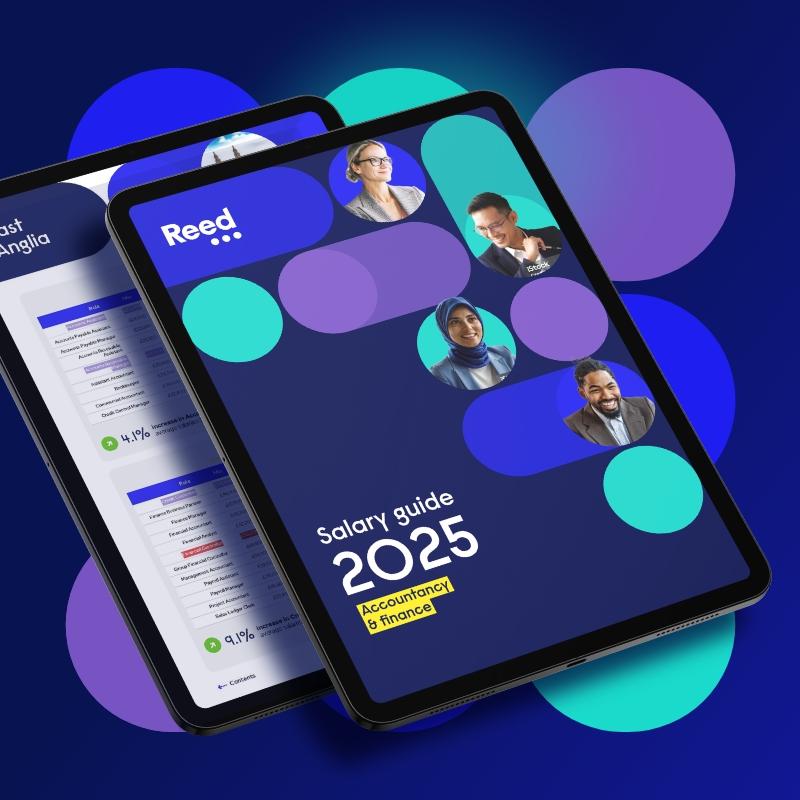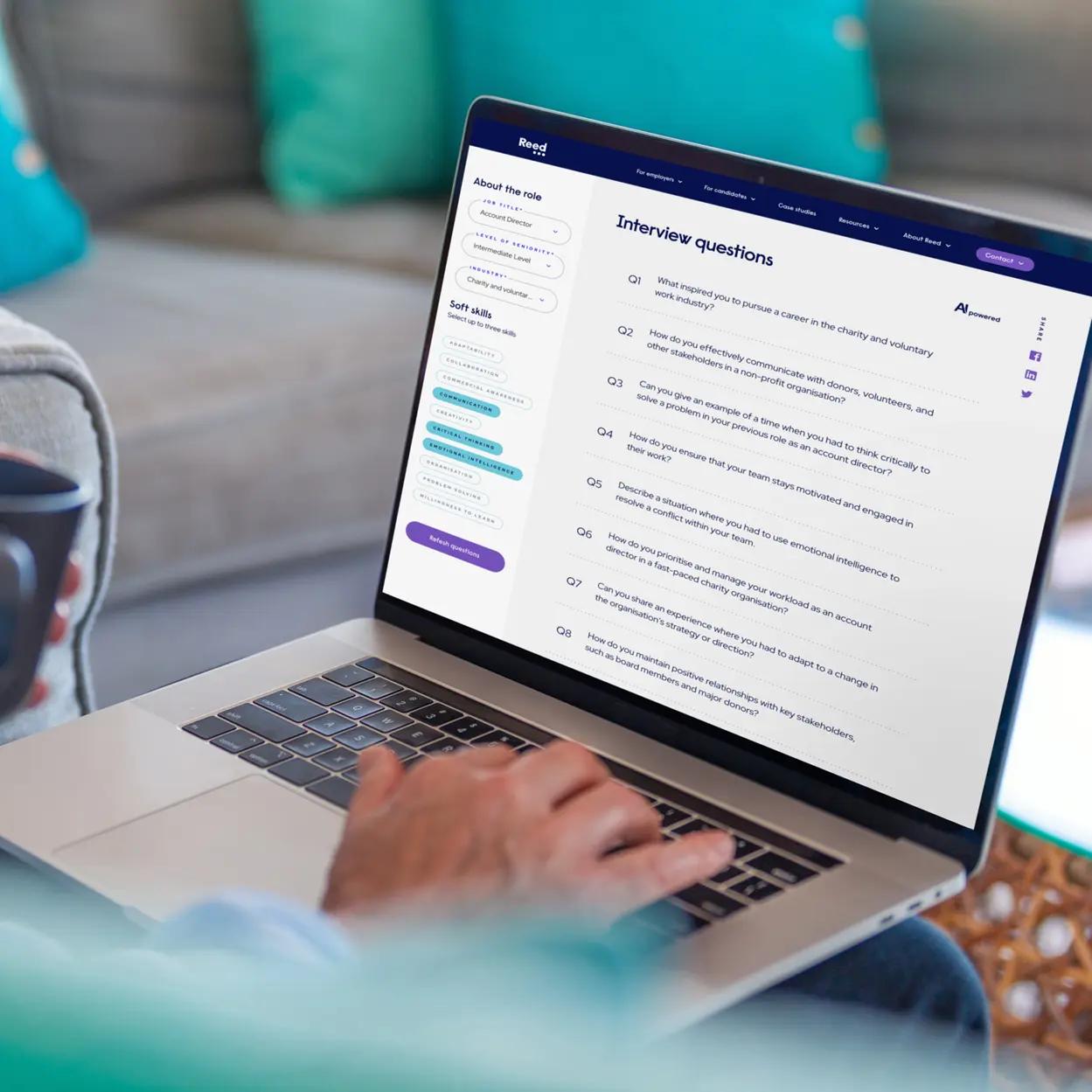Measuring employee engagement is a hot topic among HR professionals of late, as increasing levels of research is done into the area and its relationship with productivity.
There is no hard and fast solution for successfully engaging employees, but there are various techniques that can lead to increased overall enthusiasm and connection from your staff. Use this method below for how to start measuring your employee engagement:
Survey your staff
If you're starting from scratch, then there are various software platforms or even survey websites you can use to build an employee engagement survey. The easiest to use allow employees to rate satisfaction with various elements of their job using a simple scale, and often will offer the chance to expand on each with an optional open ended comments box. You may need to do a bit of chasing to get responses, so have lots of "carrots" at the ready, and work with your marketing/internal communications team to get your employees excited about being involved. Results from only a small portion of your workforce aren't much value – you need to aim for a 70% response rate – or higher.
Analyse your results – properly
You may have a glance at the results and think you understand it all, but it really is worth spending some proper time in analysis. Break down responses to each area in as many ways as you can – by location, department, seniority, length of service or job role. Some issues may be more relevant to some people than others, so you do need to get to the finer detail if you want to find out how your employees are engaged.
Get feedback on the results – at all levels
You may think you just need to present the findings to senior management and your work is done. But if you really want to engage your employees – start with engaging them in the results, and asking them for further input. A face to face presentation to each team will make them feel like they have been listened to and that their responses are valued - a vital part of engagement. If you'd like more detail from your respondents on any areas, then encourage them to do so, even if that's anonymously.
Take action
The most important aspect in completing the circle is to find out what the main issues are for your employees, and put an action plan in place to resolve them. Get buy-in from senior management to do this, as it may well involve them. Some things could take months – even years – to solve, so plan accordingly, starting with the most serious. Make sure you have a plan for effectively communicating the changes throughout your organisation.



